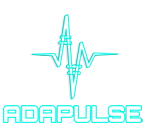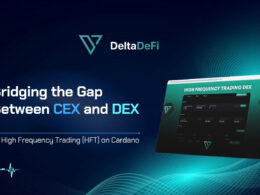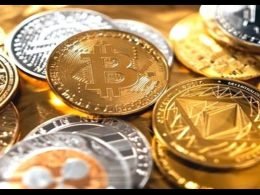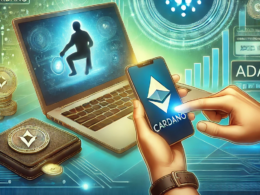Digital items are anything that exists in a digital format and can be used, shared, or consumed on a computer, phone, or other digital device. Examples include eBooks, music files, movies, video game content, digital art, documents, and more. If you’ve ever downloaded a song or watched a movie online, you’ve interacted with a digital item.
Real assets, on the other hand, are things you can own in a way that’s recognized as legal and secure. Traditionally, this referred to physical things like land, houses, or gold. But in the digital world, it means something slightly different. A digital item becomes a “real” asset when you have verified ownership of it that cannot be taken away, duplicated, or changed without your permission. This is made possible using blockchain technology, which records your ownership in a public and unchangeable database.
The key difference is control. When you stream music or download a game from an online platform, you are usually just getting permission to use it. You don’t own it, you’re borrowing it under terms set by the company. But with blockchain based systems, you can actually own a digital item. It’s yours, and nobody can delete it or take it away, not even the company that created it.
The Reality of Digital Ownership and Public Response
The idea of digital items has been around for decades. People have been buying software, downloading music, and watching videos online since the early 2000s. But owning these items in a secure, verifiable way is much newer. The technology that allows true digital ownership, usually through blockchain and NFTs called non fungible tokens, started gaining attention around 2017 and became more widely known in 2021 during the NFT boom.
So while digital content is not new, the ability to treat it as a personal, real asset that you can buy, sell, or keep forever is something that has only recently become available. It’s a growing trend and part of a larger shift toward decentralization, where individuals have more control and fewer middlemen are involved.
Yes, this is real. There are already platforms and marketplaces where people can buy and sell digital items with verified ownership. For example, on Stuff, artists are selling digital artwork that buyers can own and resell. Authors are publishing books where readers own a limited digital edition. Musicians are releasing albums directly to fans without going through large companies. All of this is possible because of blockchain technology, which ensures the ownership records are public and secure.
The Marketplace Built for People, Not Platforms
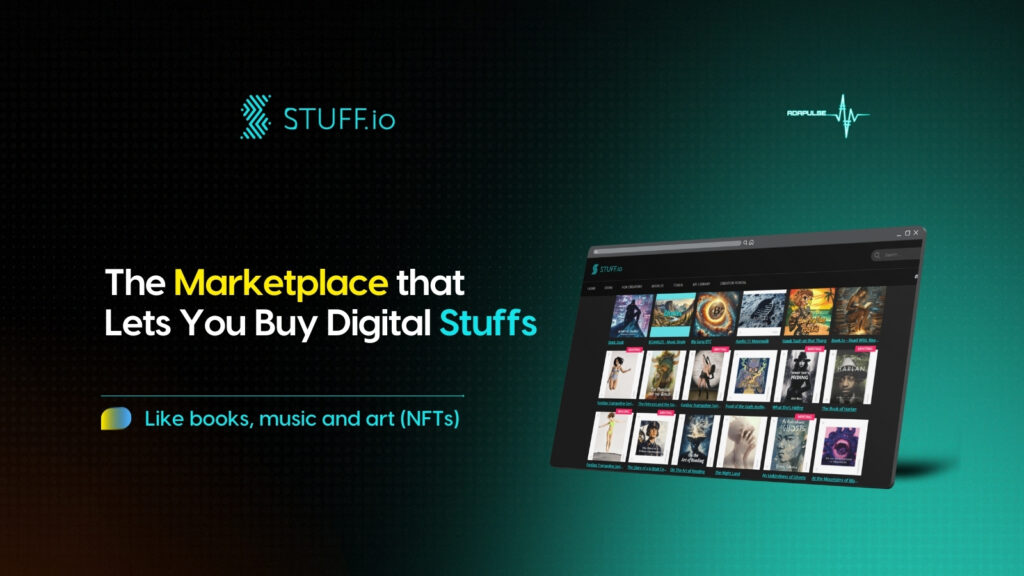
Stuff is a digital marketplace where people can buy, sell, and truly own digital items. These items can include things like books, music, artwork, and other digital content. Unlike traditional platforms where you only get access to content temporarily or under strict conditions, Stuff is built to give you full control over what you buy. When you purchase something on Stuff, you actually own it.
This idea is based on a type of technology, which allows for secure, verifiable transactions and ownership. Blockchain ensures that the record of who owns what is stored in a way that no one can change or delete. This makes digital ownership more real and trustworthy.
Most digital platforms today don’t allow people to truly own the things they buy. When you buy a song, a movie, or an eBook online, you usually just get a license to use it. The platform that sold it to you can take it back, change it, or block access at any time. In addition, creators often have little control over how their content is sold and shared, and they get only a small portion of the profit.
Stuff solves this by giving both buyers and creators more control. Buyers get ownership of digital content, and creators can publish and sell directly to their audience without relying on middlemen. This creates a fairer system for everyone involved.
The Core Features and the Value It Delivers
Stuff is designed to be simple to use while still offering powerful tools for ownership and exchange. The platform allows you to browse and purchase digital items directly from creators or other people. Each item is recorded on the blockchain, so ownership is clear and can’t be disputed.
When you buy a digital item, you receive a digital certificate of ownership. This certificate is stored securely in a digital wallet. The wallet is linked to your account and is used to manage your collection of owned items.
The platform supports peer to peer transactions, meaning people can sell or trade items with each other. They don’t need permission from the platform to do this. This creates a flexible and open marketplace where value is determined by the users.
One of the biggest benefits of Stuff is ownership. When you buy something, it is yours. It cannot be taken away or changed by the platform or the creator. You can keep it, resell it, or transfer it as you see fit. This is very different from traditional digital stores, where you are just renting access.
Another benefit is fairness. Creators get a larger share of the income from their work, and users get more value from what they purchase. The platform is transparent, meaning all transactions are visible and recorded. This helps build trust between buyers and sellers.
Your Guide to Using Stuff Platform with Confidence as a Creator
First, you need to prepare your content. This means getting your files ready. If you’re selling an eBook, an audiobook, or a music track, make sure the file is complete and ready to go. You’ll also need a square cover image, which should be high quality, specifically 4000 by 4000 pixels. On top of that, you’ll need to write a short description that explains what your content is about. This will be shown to people browsing the platform.
Once your files are ready, you can go to the Stuff Creator Portal to upload everything. There, you’ll enter details about your digital item, add your files, and double check everything to make sure it’s correct. Keep in mind that once your digital asset is created, or minted, you won’t be able to make changes to it. You’ll also need to pay a small fee using the platform’s token $STUFF, to complete the minting process.
After your content is uploaded and minted, it’s time to promote it. Stuff gives you a link to your listing at least 72 hours before it goes live, so you have time to share it. You can use social media, email, or any other platform to let people know about your work. The more people you reach, the better your chances of getting sales. When people buy your content, you’ll automatically receive royalties directly in your crypto wallet, with no middleman taking a cut.
The Benefits and Risks of Digital Ownership
Finally, there are several benefits to owning digital items as real assets. First, you actually own what you buy. You can keep it, sell it, or transfer it without needing permission. This gives more freedom and value to digital content. Second, creators get more control and can earn money directly from their fans. There’s less reliance on big companies or platforms. Third, digital ownership can be verified easily, reducing fraud and fake copies.

